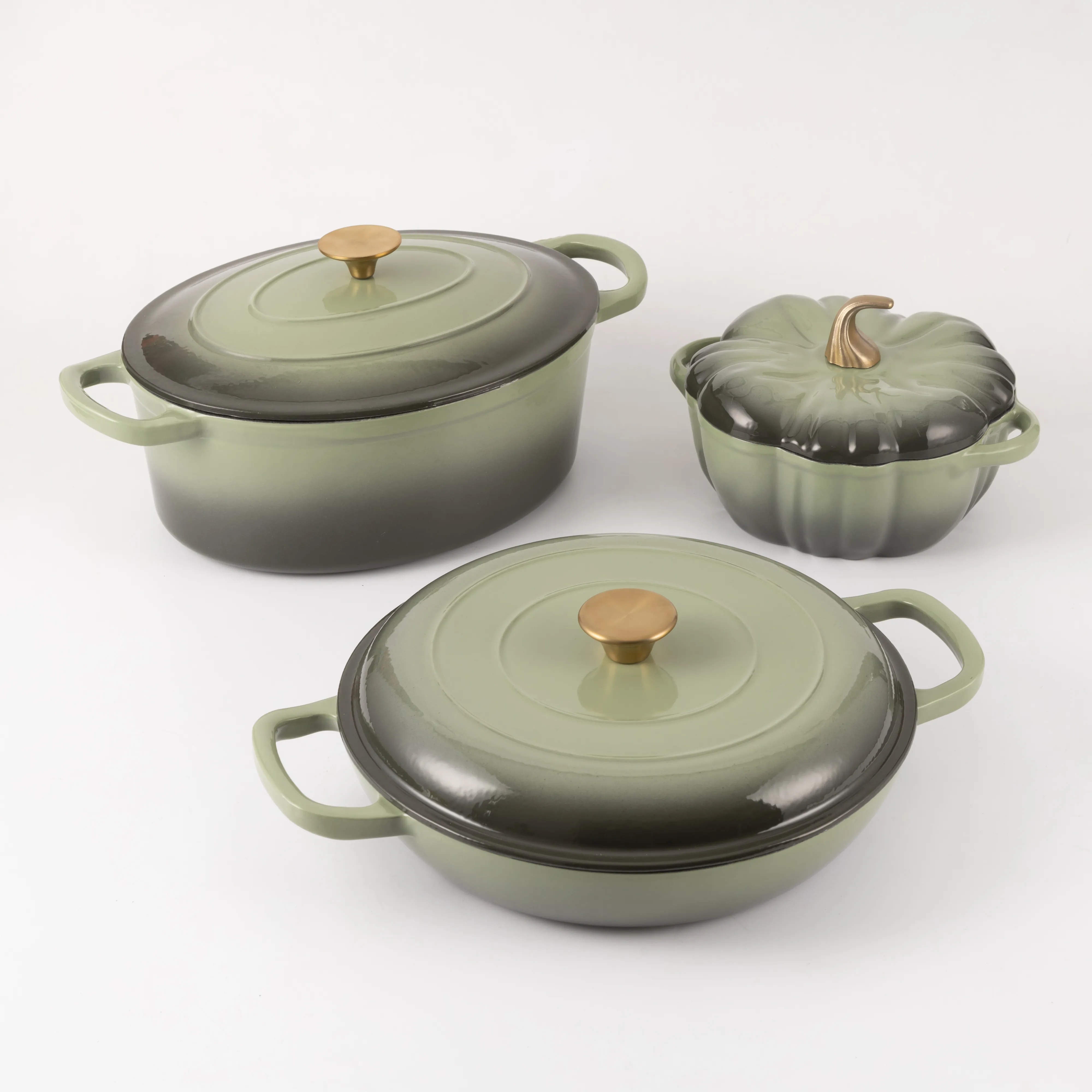
Comparing Cast Iron and Regular Iron Which Material Is Superior for Your Needs
Cast Iron vs. Wrought Iron Which is Better?
When it comes to materials for construction, cooking, and various manufacturing processes, cast iron and wrought iron are two of the most commonly referenced materials. Each has its own set of characteristics, advantages, and disadvantages that make it suitable for different applications. But when choosing between cast iron and wrought iron, which one truly stands out as the better option? This article delves into the key differences, benefits, and drawbacks of both materials to help you make informed decisions.
Understanding Cast Iron and Wrought Iron
Cast iron and wrought iron are both alloys of iron, but their compositions and production processes differ significantly.
Cast Iron Cast iron is produced by melting iron and pouring it into molds. It contains a higher carbon content than wrought iron, typically between 2% to 4%. This high carbon content gives cast iron its distinctive properties, including excellent fluidity, castability, and resistance to wear. However, this also makes cast iron brittle and more prone to cracking under stress.
Wrought Iron Wrought iron, on the other hand, is produced by hammering or rolling iron, either in its raw form or after it has been smelted. It contains a low carbon content, usually less than 0.08%, which makes it much more ductile and malleable than cast iron. Wrought iron tends to have a fibrous structure, giving it more strength and flexibility.
Applications
The applications of these two materials vary significantly due to their differing properties.
Cast Iron is often used in a variety of applications such as cookware, pipes, automotive components, and construction materials. Its ability to retain heat makes it the preferred choice for skillets and Dutch ovens. Additionally, its durability and resistance to deformation make it suitable for heavy machinery and infrastructure projects.
cast iron vs iron which is better

Wrought Iron is primarily used in decorative applications, such as gates, railings, and furniture. Because of its malleability, wrought iron is easy to work with, allowing artisans to create intricate designs. It is also used in the construction of structural components, particularly in areas requiring high strength and resistance to corrosion.
Advantages and Disadvantages
Each material offers distinct advantages and disadvantages.
Cast Iron Advantages - Durability Cast iron is incredibly durable and resistant to wear and tear, making it ideal for high-impact environments. - Heat Retention This material retains heat exceptionally well, making it perfect for cooking applications. - Cost-Effective Due to its lower production cost, cast iron items are generally less expensive than wrought iron products.
Cast Iron Disadvantages - Brittleness The high carbon content makes cast iron prone to cracking and breaking under stress. - Weight Cast iron is heavy, which can make handling and transportation challenging. - Corrosion Without proper seasoning or protective coatings, cast iron can rust over time.
Wrought Iron Advantages - Flexibility and Strength Wrought iron's low carbon content and fibrous structure give it high tensile strength and flexibility. - Corrosion Resistance Wrought iron is more resistant to corrosion, making it suitable for outdoor applications. - Aesthetic Appeal The ability to create intricate designs makes wrought iron a popular choice for decorative elements.
Wrought Iron Disadvantages - Cost The production process for wrought iron is more labor-intensive, making it more expensive than cast iron. - Heat Conductivity Wrought iron does not retain heat as well as cast iron, making it less suitable for certain cooking applications. - Less Durable in Heavy Use While strong, wrought iron may not withstand the same level of wear and tear as cast iron in heavy-duty applications.
Conclusion
In conclusion, whether cast iron or wrought iron is the better choice largely depends on the intended application. If you are seeking durability and excellent heat retention for cooking, cast iron is the preferred choice. Conversely, if you are looking for flexibility, aesthetic appeal, and corrosion resistance for architectural or decorative purposes, wrought iron is likely the better option. Each material has unique properties that make it suitable for specific applications, and understanding these differences will allow you to make an informed decision that meets your needs.
-
Authentic Traditional Chinese Wok for High-Performance CookingNewsAug.02,2025
-
Season Cast Iron Perfectly with GPT-4 Turbo TipsNewsAug.01,2025
-
High Quality Cast Iron Cookware - Baixiang County Zhongda MachineryNewsAug.01,2025
-
Premium Cast Iron Pan: Durable & Perfect HeatNewsAug.01,2025
-
High Quality Kitchen Durable Black Round Cast Iron Cookware Pancake Crepe Pan-Baixiang County Zhongda Machinery Manufacturing Co., Ltd.NewsAug.01,2025
-
Cast Iron Cookware - Baixiang County Zhongda Machinery | Nonstick, Heat ResistanceNewsAug.01,2025


